When you encounter breccia rocks, you’re faced with a puzzle waiting to be unraveled. Understanding the intricate details of breccia – its formation, distinctive characteristics, and varied types – can unveil a world of geological wonder.
As you embark on this journey through the realm of breccia, you’ll soon realize the depth of knowledge and insight it holds, beckoning you to explore further into its fascinating origins and uses.
Overview of Breccia Rocks
Breccia rocks, characterized by their angular fragments cemented together, are a type of sedimentary rock with a diverse range of origins and compositions. One fascinating aspect of breccia rocks is the variations in their composition. These rocks can be composed of a wide array of materials, including quartz, feldspar, limestone, and even metals like gold or copper. The unique combination of fragments gives each breccia rock its distinct appearance and properties.
Beyond their geological significance, breccia rocks have also inspired artistic interpretations throughout history. Artists often find inspiration in the striking contrast between the different fragments within the rock, creating visually captivating pieces that mimic the texture and colors found in breccia formations. From sculptures to paintings, breccia rocks have left a lasting impact on the art world, showcasing the beauty of nature’s creations. Whether in the hands of a geologist or an artist, breccia rocks continue to captivate with their composition variations and artistic allure.
Formation Process of Breccia
During geological events, the formation of breccia occurs through the process of angular rock fragments being forcefully compacted and cemented together. This breccia formation is typically associated with intense geological processes such as faulting, impact events, or volcanic activity.
The formation timeline of breccia rocks can vary depending on the specific conditions present during the geological event. In cases of impact breccias, where meteorite impacts shatter and mix rocks together, the formation can be relatively rapid. On the other hand, fault breccias, created by the grinding and fracturing of rocks along fault lines, may take longer to form due to the gradual accumulation of fragmented material.
Regardless of the specific geological processes involved, breccia rocks are characterized by their coarse-grained appearance and angular fragments. Understanding the formation process of breccia is crucial for interpreting past geological events and reconstructing the Earth’s dynamic history.
Characteristics of Breccia Rocks
When examining breccia rocks, you can observe a distinct composition characterized by angular fragments cemented together. This distinctive feature sets breccia apart from other types of rocks and plays a crucial role in its classification and properties. Here are some key characteristics of breccia rocks:
- Composition
- Breccia rocks are made up of angular rock fragments of various sizes and compositions.
- The fragments are typically cemented together by a fine-grained matrix, creating a mosaic-like appearance.
Breccia classification is based on factors such as the size and type of fragments, as well as the matrix composition. Understanding these characteristics is essential for identifying different types of breccia and determining their properties and potential uses.
Breccia rocks are valued for their strength and durability, making them suitable for a variety of construction and decorative purposes. By recognizing the distinct features of breccia rocks, you can appreciate their unique geological significance and practical applications.
Types of Breccia
Having understood the key characteristics of breccia rocks, you can now explore the diverse range of types that exhibit varying compositions and formations.
Breccia rocks are classified based on their composition and formation process. One common type is clastic breccia, formed from angular rock fragments cemented together. Fault breccia forms along fault lines where rocks break and grind against each other, creating a mixed composition. Hydrothermal breccia is another type that forms from hot fluids carrying mineral fragments that solidify as they cool. Impact breccia, as the name suggests, is formed from the intense pressure of meteorite impacts, creating a distinctive mix of rock fragments. Igneous breccia forms from the consolidation of fragmented volcanic rock.
These various types of breccia rocks offer insights into the different environments and processes that lead to their formation, aiding in the identification and understanding of the geological history of a particular area.
Identification of Breccia Rocks
To identify breccia rocks, examine the angular rock fragments cemented together to distinguish them from other rock types. When identifying breccia rocks, consider the following points:
- Breccia Rock Types
- Clastic Breccia: Contains coarse, angular rock fragments cemented together.
- Fault Breccia: Forms along fault lines, with broken rock fragments mixed in a fine-grained matrix.
Breccia rocks are characterized by their fragmented appearance and the cementing material that holds the rock fragments together. These rocks often have a rough texture due to the angularity of the constituent fragments. Breccia rocks are commonly used in construction and as decorative stones due to their unique appearance. They can also be utilized in landscaping and as facing material for buildings.
Breccia Vs. Other Rocks
Breccia rocks stand out from other rock types due to their distinctive fragmented appearance and cementing material. Unlike other rocks, breccia is composed of angular rock fragments that are cemented together by finer materials like sand, clay, or calcite. This unique composition gives breccia a rugged and textured look, making it easily distinguishable from smoother rock types like sandstone or limestone.
In terms of formation, breccia can be created through various processes such as faulting, landslides, or volcanic activity. These processes cause rocks to break apart into angular pieces, which then become compacted and cemented together over time to form breccia. This rock type is classified based on the size of the rock fragments it contains, with classifications ranging from matrix-supported breccia (fine-grained matrix) to clast-supported breccia (coarse-grained fragments).
Where to Find Breccia
You can find breccia in various locations around the world, including mountain ranges, volcanic areas, and even in some caves.
Breccia forms through different geological occurrences such as landslides, fault zones, and impact craters.
Understanding the origins of breccia formation can provide valuable insights into the Earth’s geological history.
Breccia Locations
Naturally occurring breccia formations can be found in various geological settings around the world.
- Breccia Formation and Geological Significance:
- Breccia commonly forms near fault lines where rocks are broken and crushed under immense pressure.
- Its presence indicates past tectonic activity and geological disturbances.
- Breccia Color Variations and Unique Features:
- Colors range from red, brown, and gray to white, depending on the minerals present during formation.
- Unique angular rock fragments within a matrix distinguish breccia from other rock types.
Breccia Geological Occurrences
In various mountainous regions worldwide, geologists have identified significant occurrences of breccia formations. These breccia formations hold immense geological importance as they provide insights into past tectonic activities and environmental conditions.
Breccia rocks can be found in a variety of colors, including red, green, white, and brown, depending on the mineral composition and the processes that formed them. To identify breccia formations, geologists often look for angular rock fragments cemented together in a matrix. Techniques such as examining the clast composition, texture, and the nature of the matrix help in distinguishing breccias from other rock types.
Breccia Formation Origins
Breccia formations, which are significant occurrences in various mountainous regions worldwide, originate from specific geological processes that can provide valuable insights into the Earth’s history. Some key points to consider regarding breccia formation origins are:
- Breccia Formation Theories:
- Cataclastic theory suggests breccias form from the grinding of rocks during tectonic movements.
- Breccia Rock Textures:
- Breccias exhibit angular clasts cemented together in a matrix, creating a distinct appearance.
Understanding these aspects can help geologists interpret the conditions under which breccias were formed, shedding light on the geological history of a region. By analyzing breccia mineral compositions and textures, one can also unlock the potential uses of breccia rocks in various industries.
Geological Significance of Breccia
Signifying a key aspect of geological formations, breccia serves as a crucial indicator of past tectonic events and rock cycle processes. Breccia formations provide valuable insights into the geological history of an area, offering clues about the forces that shaped the Earth over time. By studying breccia rock formations, geologists can unravel the environmental impact of ancient seismic activities and understand the tectonic forces that led to their formation.
| Geological Significance of Breccia | |
|---|---|
| Breccia Formations | * Provide insights into past tectonic events |
| Geological History | * Indicate the forces that shaped the Earth |
| Environmental Impact | * Understanding ancient seismic activities |
Through the analysis of breccia, scientists can reconstruct the processes that occurred millions of years ago, helping us comprehend the dynamic nature of our planet and the continuous changes it undergoes. This understanding not only enriches our knowledge of Earth’s history but also aids in predicting and mitigating geological hazards in the future.
Properties of Breccia Rocks
Breccia rocks, like many other types of rocks, have unique properties that help geologists understand their composition, origin, and formation.
These properties provide crucial insights into the history and processes that shaped breccia formations over time.
Composition of Breccia
Examining the composition of breccia rocks reveals a dynamic blend of fragmented materials fused together through natural processes.
- Composition:
- Consists of angular rock fragments cemented together.
- Characteristics:
- Varied colors and textures due to diverse rock types.
Breccia forms through intense geological processes, creating a mosaic of different rock fragments. Its color variations and unique features make it a popular choice in construction for adding visual interest. Its geological significance lies in its formation processes, showcasing the power of nature to transform disparate materials into a cohesive whole.
Famous formations like the Breccia di Roma in Italy highlight its presence in art culture, while its identification origins stem from the Latin word ‘breccia,’ meaning ‘fragments.’
Origin and Formation
Originating from tumultuous geological events, breccia rocks exhibit a distinctive combination of fragmented components tightly fused together. There are two main origin theories for breccia formation: impact breccias, which form from the force of meteorite impacts, and fault breccias, which result from the movement along fault lines causing rocks to break and then reassemble. These formation mechanisms contribute to the unique appearance and structure of breccia rocks. Here is a table summarizing the key points about the origin and formation of breccia:
| Origin Theories | Formation Mechanisms |
|---|---|
| Impact Breccias | Result from meteorite impacts shattering rocks into fragments that later fuse together. |
| Fault Breccias | Occur due to the movement along fault lines, breaking rocks that subsequently reassemble in a fused manner. |
Uses of Breccia in Construction
In construction, breccia serves as a durable and aesthetically pleasing building material with unique textures and colors. It’s highly valued for its strength and versatility in various applications. Here are some key points highlighting the uses of breccia in construction:
- Breccia applications:
- Breccia is commonly used as a facing material for building facades due to its striking appearance and durability.
- The unique patterns and colors found in breccia make it a popular choice for decorative elements in architectural projects.
Breccia’s durability and strength make it a reliable option for a wide range of construction projects. Whether used as a primary building material or as an accent piece, breccia adds a touch of elegance and sophistication to any structure. Its ability to withstand environmental elements and its aesthetic appeal make it a sought-after choice for architects and builders looking to create long-lasting and visually appealing designs.
Famous Breccia Rock Formations
Explore the world of famous Breccia rock formations to discover their unique characteristics and formation processes.
Notable Breccia formations showcase the beauty and diversity of this rock type, offering insight into the geological history of different regions.
Understanding the features of these formations can provide valuable information about past geological events.
Notable Breccia Formations
Marvel at the grandeur of ancient geological wonders sculpted by nature’s artistic hand in the form of remarkable Breccia formations. When exploring notable breccia formations, you’ll encounter breathtaking examples of geological artistry.
- Breccia Formations
- Explore the diverse colors and textures found in breccia formations.
- Witness the intricate patterns created by the fusion of different rock fragments.
These remarkable formations offer a glimpse into Earth’s history and the powerful forces that have shaped our planet over millions of years. Whether admiring the vibrant hues or marveling at the unique compositions, each notable breccia formation tells a captivating story of geological evolution.
Unique Breccia Features
Discover the captivating allure of famous breccia rock formations, each with its own distinctive characteristics and geological significance.
Breccia formations offer unique patterns that have inspired artistic interpretations throughout history. One notable example is the stunning Breccia Pernice from Italy, known for its intricate mix of red and white fragments. This breccia type has been used in various architectural and sculptural applications, showcasing its cultural significance.
Additionally, the Breccia Aurora marble, also from Italy, displays a striking blend of colors, making it a sought-after material in the world of design. These famous breccia formations not only exhibit remarkable beauty but also serve as important markers in the study of Earth’s geological history.
Breccia Formation Processes
Breccia formations, renowned for their unique composition and striking visual appeal, are formed through a process that involves the consolidation of various rock fragments.
The mechanisms behind breccia formation are primarily tied to geological processes that shape the Earth’s crust. Some prevalent theories suggest that breccia rocks have sedimentary origins, where layers of fragmented rocks undergo compaction and cementation over time.
Understanding these processes sheds light on the formation of famous breccia rock formations worldwide. Notable examples include the stunning Breccia di Montorfano in Italy and the captivating Suevite breccia in Germany.
These formations stand as testaments to the intricate geological forces that give rise to the diverse array of breccia rocks found across the globe.
Breccia in Art and Culture
Breccia rocks have long been valued in various forms of artistic expression, showcasing their unique textures and colors. In art and culture, breccia holds symbolism and cultural significance, often representing strength, unity, and resilience due to its composition of various rock fragments fused together. Artists and sculptors have been inspired by the intricate patterns and vibrant hues found in breccia, creating stunning pieces that highlight the beauty of these rocks.
To delve further into the intersection of breccia with art and culture, let’s explore how this rock type has been utilized in various artistic creations:
| Breccia Art and Sculptures | Description | Artists | Notable Works |
|---|---|---|---|
| Sculptures | Utilizing breccia’s diverse colors and textures to create visually striking sculptures. | Michelangelo, Barbara Hepworth | “David” by Michelangelo, “Curved Reclining Form” by Barbara Hepworth |
| Mosaics | Incorporating breccia pieces in mosaics to add depth and interest to the artwork. | Ancient Roman artists, Byzantine artisans | Roman mosaics in Pompeii, Hagia Sophia mosaics |
| Jewelry | Crafting exquisite jewelry pieces using polished breccia stones as focal points. | Modern jewelry designers, Ancient Egyptians | Contemporary breccia necklaces, Ancient Egyptian amulets |
Interesting Facts About Breccia
Breccia rocks hold fascinating details waiting to be uncovered.
The formation process, color variations, and geological significance of breccia all contribute to its allure.
Get ready to explore these intriguing aspects that make breccia such a captivating rock type.
Breccia Formation Process
How exactly does the process of forming breccia occur and what interesting characteristics does this rock possess?
Breccia formation mechanisms typically involve the consolidation of angular rock fragments within a matrix, often due to processes like faulting, impact events, or volcanic activity.
Some key breccia rock characteristics include:
- Angular Fragments: Breccia is distinguished by its angular rock fragments, which can vary in size and composition.
- Matrix Material: The matrix material that fills the spaces between the fragments can be composed of various minerals, cementing the rock together.
These characteristics give breccia a unique appearance and provide clues about the geological events that led to its formation.
Breccia Color Variations
Color variations in breccia rocks can provide valuable insights into the mineral composition and environmental conditions during their formation. The hues in breccia can range from earthy browns and reds to vibrant greens and blues, showcasing the diverse array of minerals present.
These variations are often influenced by factors such as the types of rocks involved in the breccia, the presence of certain minerals like iron oxides or copper, and the level of metamorphism or alteration the rocks have undergone. Additionally, breccia texture patterns, such as angular clasts versus rounded clasts, can also impact the overall color appearance.
Breccia Geological Significance
The diversity of color variations in breccia rocks not only provides visual intrigue but also serves as a key indicator of the geological significance and fascinating history behind these formations.
- Breccia rock types:
- Include sedimentary, igneous, and metamorphic breccias.
- Breccia geological formations:
- Often occur near fault zones where intense pressure and fracturing lead to the formation of breccia deposits.
Understanding the different breccia rock types and their formations can offer valuable insights into the geological processes that have shaped the Earth’s crust over millions of years. By studying these formations, geologists can unravel the complex history of tectonic events and understand the forces that have influenced the landscape we see today.
Conclusion and Further Resources
In wrapping up our exploration of breccia rocks, it is crucial to consider their significance and the plethora of resources available for further study. Breccia rocks provide valuable insights into geological processes and can help geologists understand the history of a particular region. Further research on breccia formations can lead to advancements in our knowledge of tectonic activities, sedimentary processes, and even mineral exploration.
To delve deeper into the world of breccia rocks, here are some resources you may find helpful:
| Resource Type | Description |
|---|---|
| Websites | Online platforms with detailed articles, images, and research papers on breccia rocks. |
| Books | Comprehensive books discussing the formation, types, and significance of breccia in geology. |
| Academic Journals | Peer-reviewed publications containing in-depth studies and analyses of breccia formations and their implications. |
Frequently Asked Questions
Can Breccia Rocks Be Used in Jewelry Making?
Yes, breccia rocks can be used in jewelry making. They offer unique designs and creative uses in crafting stunning pieces. Breccia jewelry provides a distinctive look and can serve as an alternative to traditional gemstones.
Are There Any Superstitions or Myths Related to Breccia Rocks?
In various cultures, superstitions and myths about breccia rocks have persisted. These beliefs tie into cultural beliefs and folklore, attributing mystical properties and powers to these unique stones. Embrace the stories and mysteries surrounding breccia rocks.
How Do Breccia Rocks Affect the Surrounding Ecosystem?
Breccia rocks can have a significant impact on the surrounding ecosystem. Their presence can disrupt habitats and affect biodiversity. Understanding these environmental effects is crucial for managing landscapes where breccia rocks are found.
Can Breccia Rocks Be Used in Landscaping or Garden Design?
Incorporating breccia rocks into your landscaping ideas can add a unique touch to your garden design. These rocks are versatile and can be used creatively in outdoor decor and hardscape design to enhance your outdoor space.
Are There Any Famous Historical Events or Legends Associated With Breccia Rocks?
Explore famous events and legends tied to breccia rocks; their historical significance and folklore intrigue. Discover tales and connections that make these rocks more than just geological formations, adding depth to their presence in history.
Conclusion
Overall, breccia rocks are a fascinating type of rock formed through a unique process of cementing together broken fragments. They’ve distinct characteristics such as angular fragments and varied colors, making them easily identifiable.
With different types of breccia found around the world and famous formations like the Breccia di Porta Pia in Rome, breccia rocks have a rich history in art and culture.
Explore further resources to learn more about these intriguing rocks.
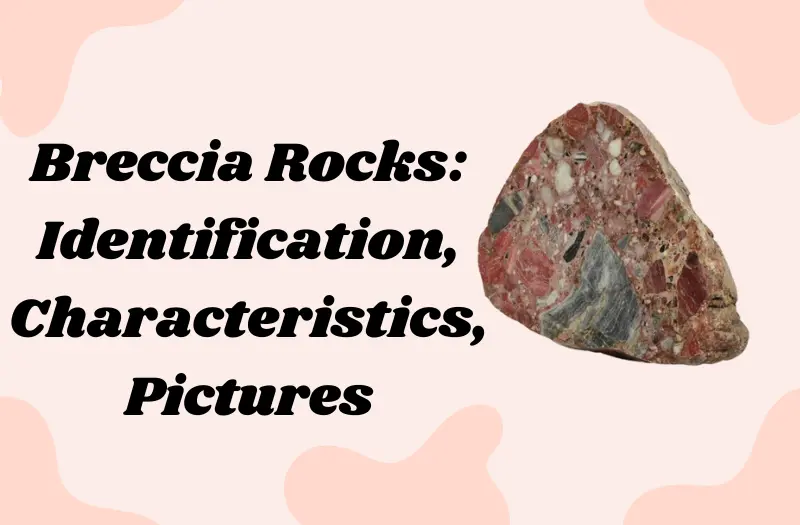
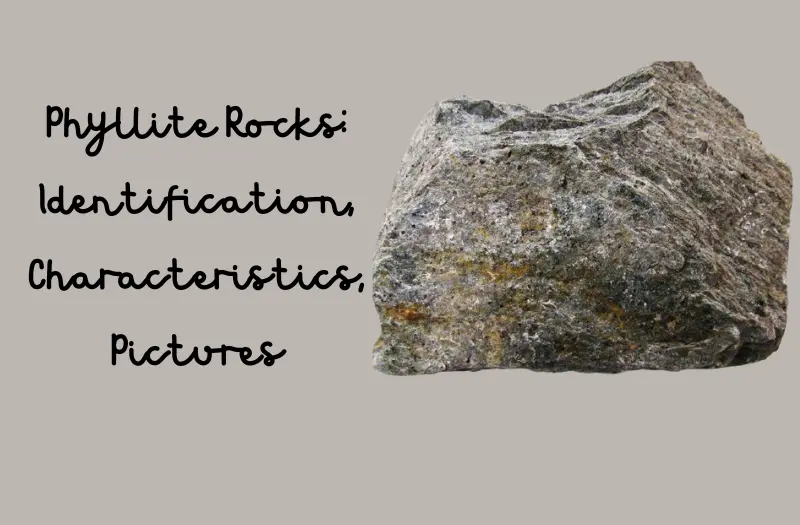
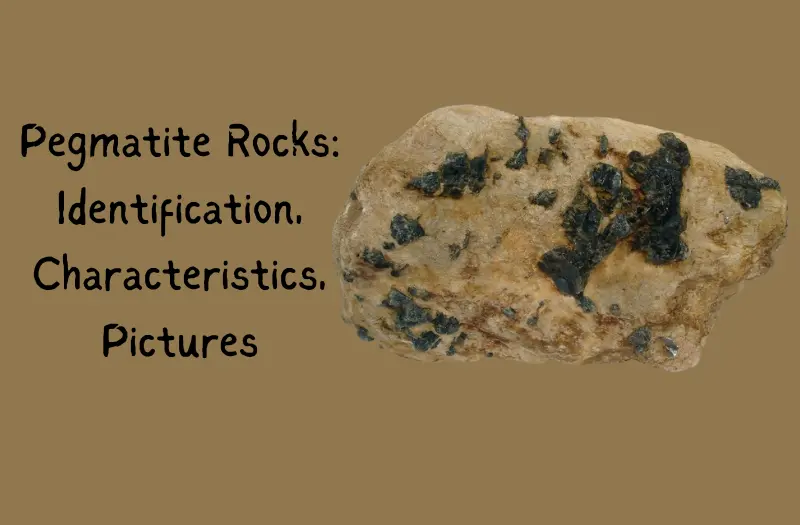
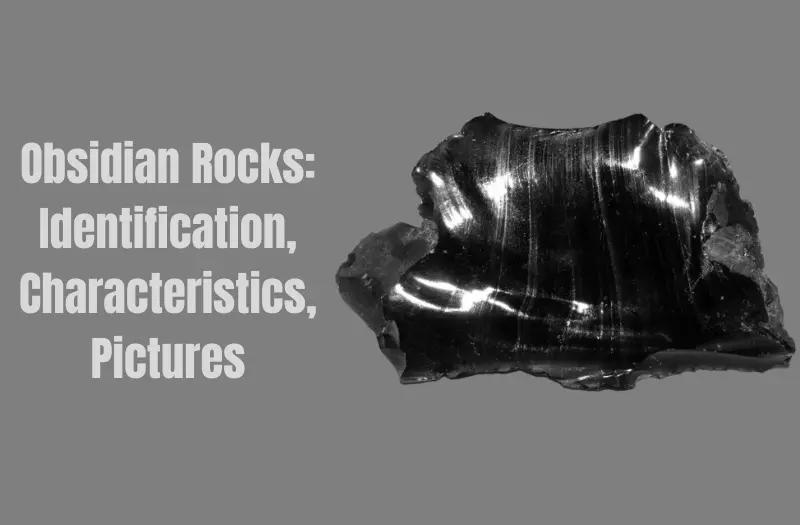
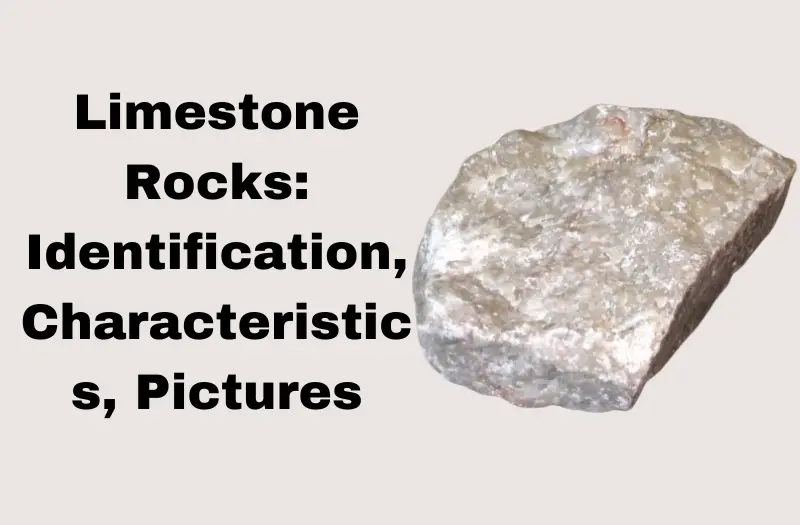
Leave a Reply